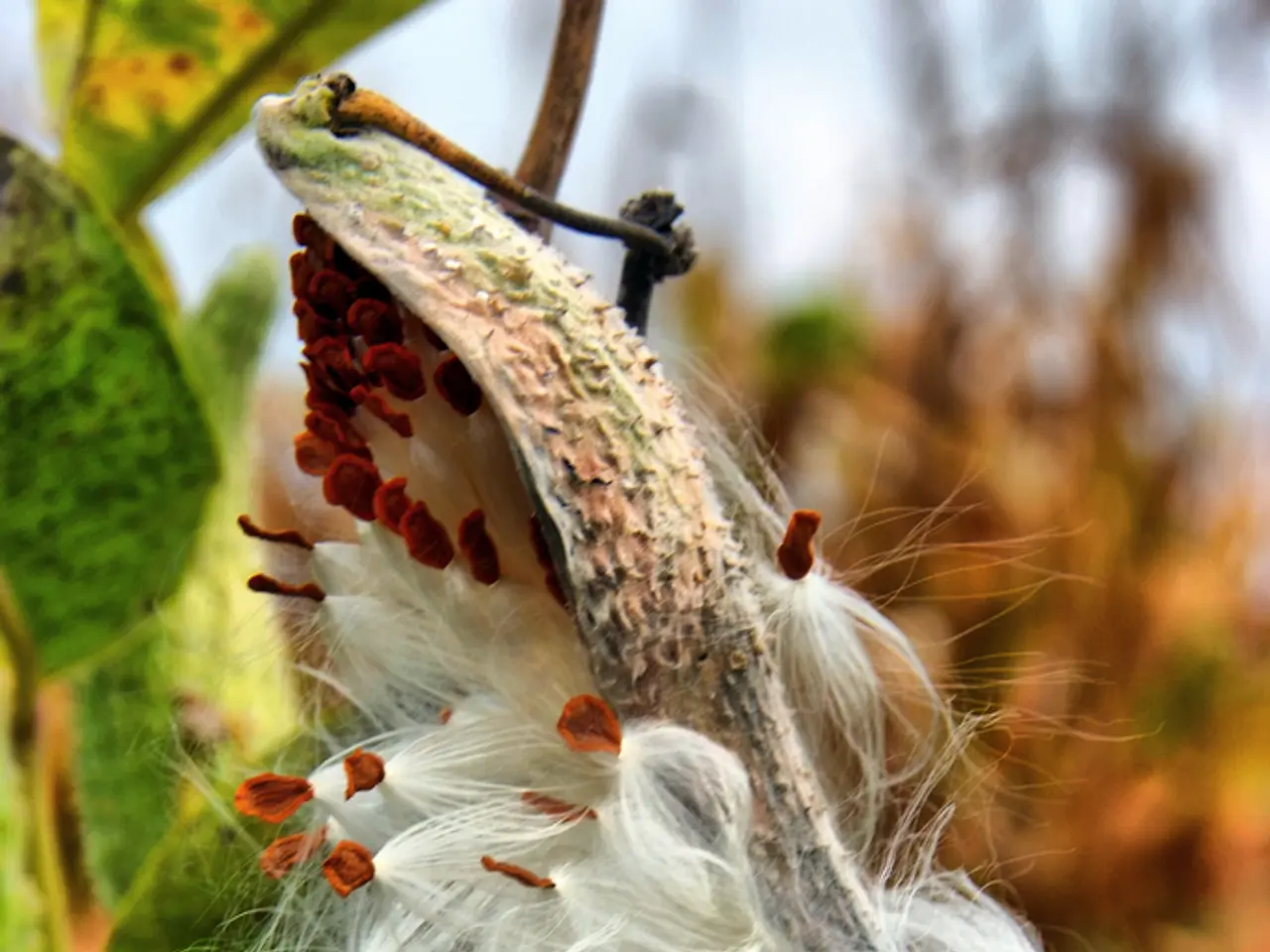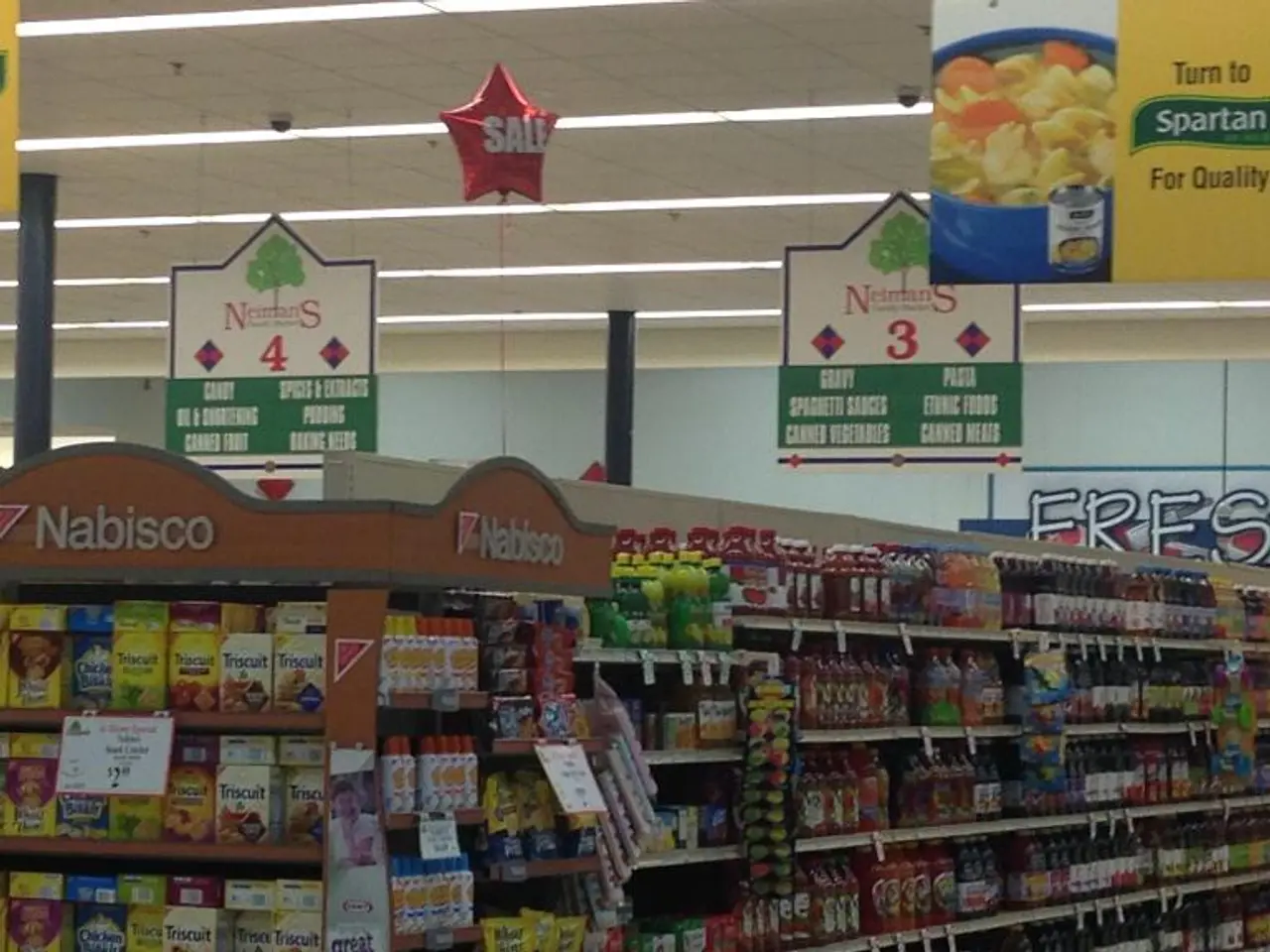World's lightest glass wine bottle to be revealed by Portuguese manufacturers
The Portuguese consortium, led by Vangest in collaboration with NERLEI/CCI, the Leiria Polytechnic, the Intermunicipal Community of the Leiria Region, and with the support of INOVA+, has made a groundbreaking achievement in the packaging industry. The consortium, one of the 79 entities that make up the "Packaging of the Future®" initiative, has developed the world's lightest glass wine bottle, weighing just 260 grams.
This remarkable bottle, made with up to 80% recycled glass, is the result of advanced technological processes that maintain strength and functionality despite the thin glass walls. The bottle, with a capacity of 0.75 litres, balances sustainability and performance, marking a significant milestone in innovation.
The bottle's light weight is achieved by reducing the glass surface area by 20% through optimized geometry and ultra-thin walls. This design not only reduces material but also contributes to significant ecological savings for producers and distributors from a logistical standpoint.
In comparison, another recent lightweight bottle, the Ardagh Group’s 300-gram glass wine bottle, while focusing on material reduction, structural performance, and premium appeal, is heavier and reportedly uses less recycled content than the Portuguese design. As a result, the 260g Portuguese bottle currently holds the record as the lightest glass wine bottle globally with the highest recycled content mentioned.
The glass bottle, one of the 19 results of the "Packaging of the Future®" consortium, is being presented at the World Expo 2025 in Osaka, Japan. The Portuguese Pavilion, which selected this and two other projects for exhibition, will showcase several examples of the bottle, in partnership with Esporão, during the world exhibition.
In addition to the glass bottle, the laboratory associated with "Packaging of the Future®," based at the Escola Superior de Artes e Design in Caldas da Rainha, is bringing two more research projects to Expo 2025: "Living Surfaces" and "Sleeping Beauties." The latter involves functional 3D-printed models of historical scientific instruments from Portuguese museums, allowing broader public engagement with the scientific knowledge they represent. Four of these instruments will be available for hands-on experience by visitors to the World Expo.
During the trip to Japan, NERLEI/CCI has institutional meetings planned to promote "Packaging of the Future®," its results, and foster commercial relationships between Portuguese and Japanese companies. This initiative, of great importance, adds recycled glass and optimizes packaging to take up less space and be much lighter, aligning with the "Packaging of the Future®" mobilizing agenda's goal to create more ecological, digital, and inclusive packaging solutions within the scope of the Recovery and Resilience Plan (RRP).
- The world's lightest glass wine bottle, weighing just 260 grams, is a notable achievement in the business sector, demonstrating advancements in both technology and environmental-science.
- The 260g Portuguese bottle's design, which contributes to significant ecological savings for the industry, is a testament to the finance-driven innovation that can have a positive impact on the environment.
- At the World Expo 2025, the Portuguese consortium will showcase not only the lightest glass wine bottle but also two more projects, "Living Surfaces" and "Sleeping Beauties," from the "Packaging of the Future®" laboratory, aligning technology with environmental-science and science education.




